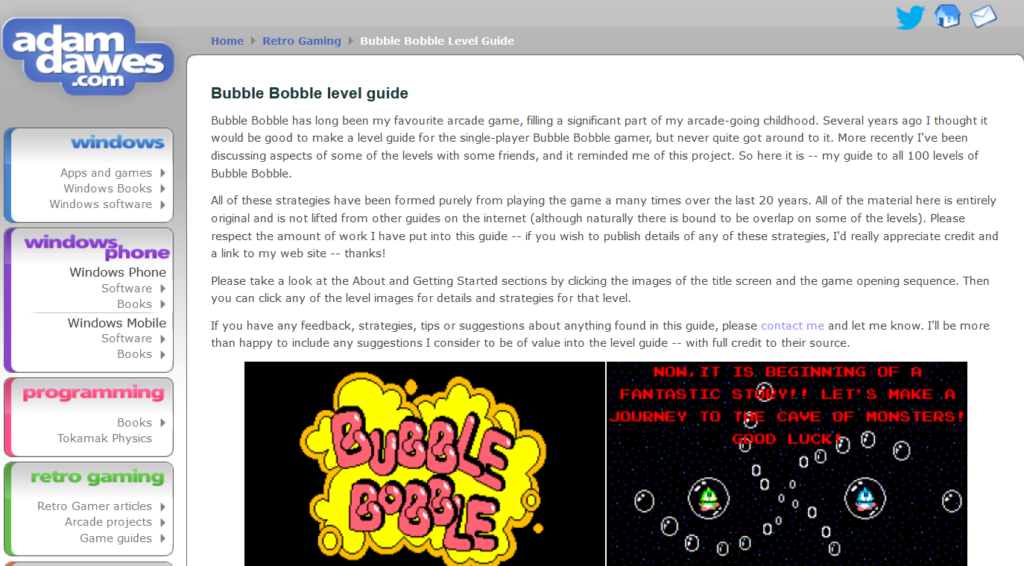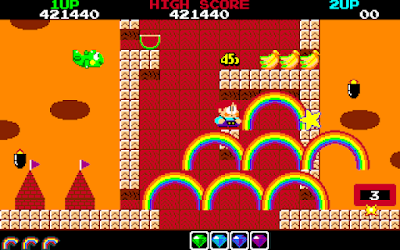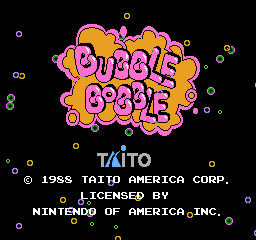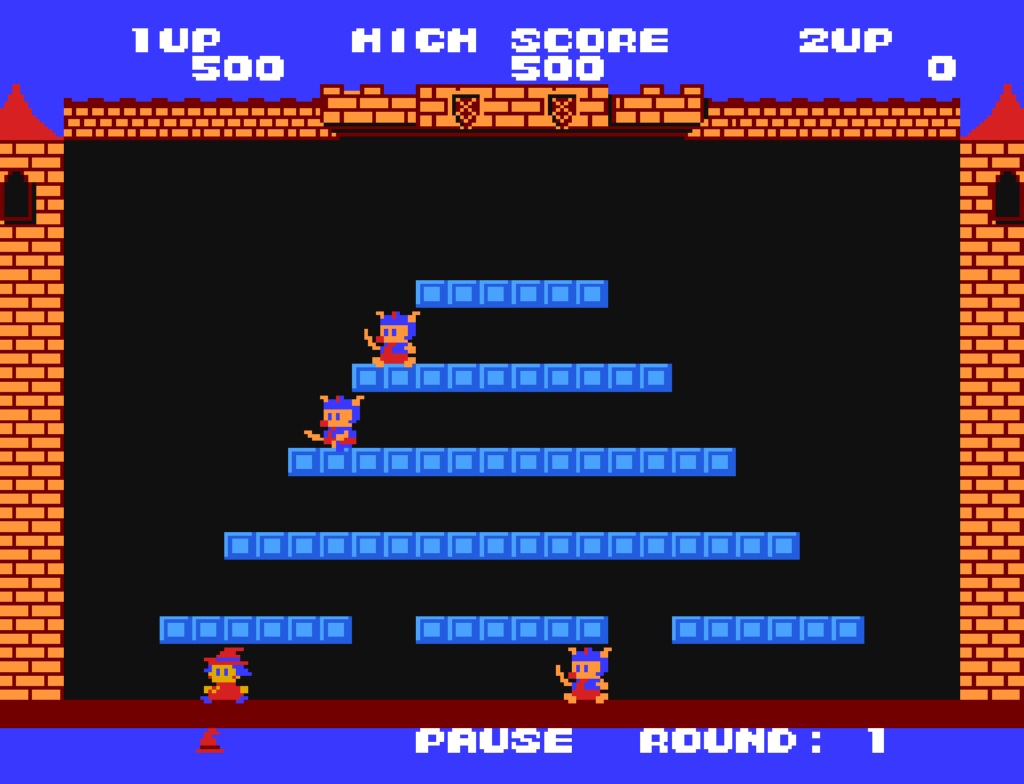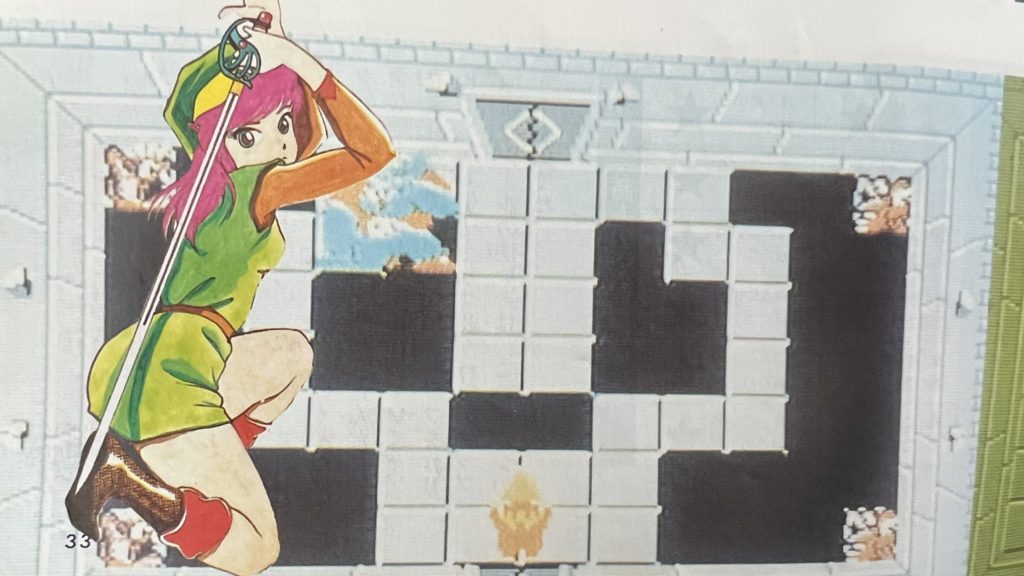Back on April 12th, WIRED Magazine published an article about Space Invaders 45 years after its original production. In it they spoke with the creator of iconic arcade game, Tomohiro Nishikado, who now considers it the best game he ever made.

Despite them including the Atari 2600 version as if it were the original (the two games are similar but ultimately rather different), it’s a nice look back.

The arcade industry existed for six years before Space Invaders, a period that is often forgotten. Two games in particular I think kicked off the meteoric, and short-lived, rise of arcade gaming as a cultural force: Atari’s Asteroids, and Taito’s Space Invaders. Asteroids was actually more popular in the U.S., but Space Invaders was still one of the most successful arcade games ever sold in the States. In Japan, its success was, and I believe still is, unequaled.
Video games at that time were tied to their hardware in a way they almost never are now. Gaming is now mostly done with graphics hardware that is mostly replaceable. Back then, arcade hardware was usually purpose-built, with the capabilities the design required. Space Invaders is an example where the hardware constraints really made the game. It was one of the few games at the time to use framebuffer hardware: a bank of memory that corresponded directly to the display, in Space Invaders’ case, every pixel on screen echoing the state of a dot in memory.
There were a number of reasons that this wasn’t used by most games. Memory was expensive, and a screen-sized bitmapped display needed a lot of it. More colors requires even more memory to be able to depict all the possible states, so Space Invaders’ screen was monochrome with a color overlay.
Possibly the biggest reason of all: it takes a CPU a lot of time to shuffle around all those bits. Computers are fast, but they still have their limits. Space Invaders uses an Intel 8080, the chip they made before the 8086 which was the foundation for the x86 line, but still only an 8-bit processor.
Space Invaders, ingeniously, uses the 8080’s slowness at updating the framebuffer as a strength. As the armada of aliens moves across the screen, the processor is updating them as rapidly as it is able, erasing and drawing each into its new position one at a time. As the player shoots them, there are fewer ships to draw, and so it can get its updating done faster. This naturally causes the fleet to progress across the screen faster and faster as they’re wiped out, with the last alien rushing across with all that CPU power freed up by the destruction of its comrades.
Space Invaders had even more clever ideas in its design than that. It was an early example of a game using a life system, borrowed from the limited balls players were allowed in pinball games. But also, the game had a sudden loss condition: if any alien managed to make it all the way down the screen to the ground, the game instantly ended.
There was considerable strategy in deciding which aliens to shoot first. Wiping out rows from the bottom of the formation delayed the whole armada from reaching the bottom by one pass across the screen, but if the player destroyed a column off one of the sides, all of those aliens would have to travel further before they could descend a level. Or, if the player was prepared to take a bit more of a risk, they could wipe out columns in the middle of the formation, which means the aliens would descend more rapidly, but leaving a hole in the ranks through which to shoot the Mystery Ship that passed by at the top of the screen.

(image from Digital Press)
The game even has a couple of secret features, which is pretty interesting considering the game was released in 1978. The points awarded by the Mystery Ship appeared random at first, but was in fact went through a cycle that advanced every time the player fired a shot. And, as documented in Craig Kubey’s The Winner’s Book of Video Games, if a skilled player could annihilate a whole rack of aliens while leaving one of them from the two lowest rows of the board, it would leave a trail behind it. digipress.com reveals that this was caused by a bug in the code, but later versions of Space Invaders promoted this trick to a legitimate secret.
Space Invaders has inspired many remakes and revivals through the years, the first, Space Invaders Part II, also known as Space Invaders Deluxe, introduced new kinds of aliens that split in two when shot. That’s not to be confused with the later Space Invaders DX, released in 1993. Before that came Return of the Invaders in 1985, and Space Invaders Part IV: The Majestic 12 in 1991. A while after there were Space Invaders Extreme, which got its own sequel, and other games I can’t be bothered to look up right now. Recently, in 2016, arcades have even seen a fairly interesting Space Invaders lightgun game from Raw Thrills, called Space Invaders Frenzy. (I tend to be harsh on Raw Thrills here, but it’s actually pretty interesting!)
45 years. Not bad for an ancient 8-bit arcade game that struggled to shift black-and-white pixels around.
The ‘Space Invaders’ Creator Reveals The Game’s Origin Story (WIRED)

